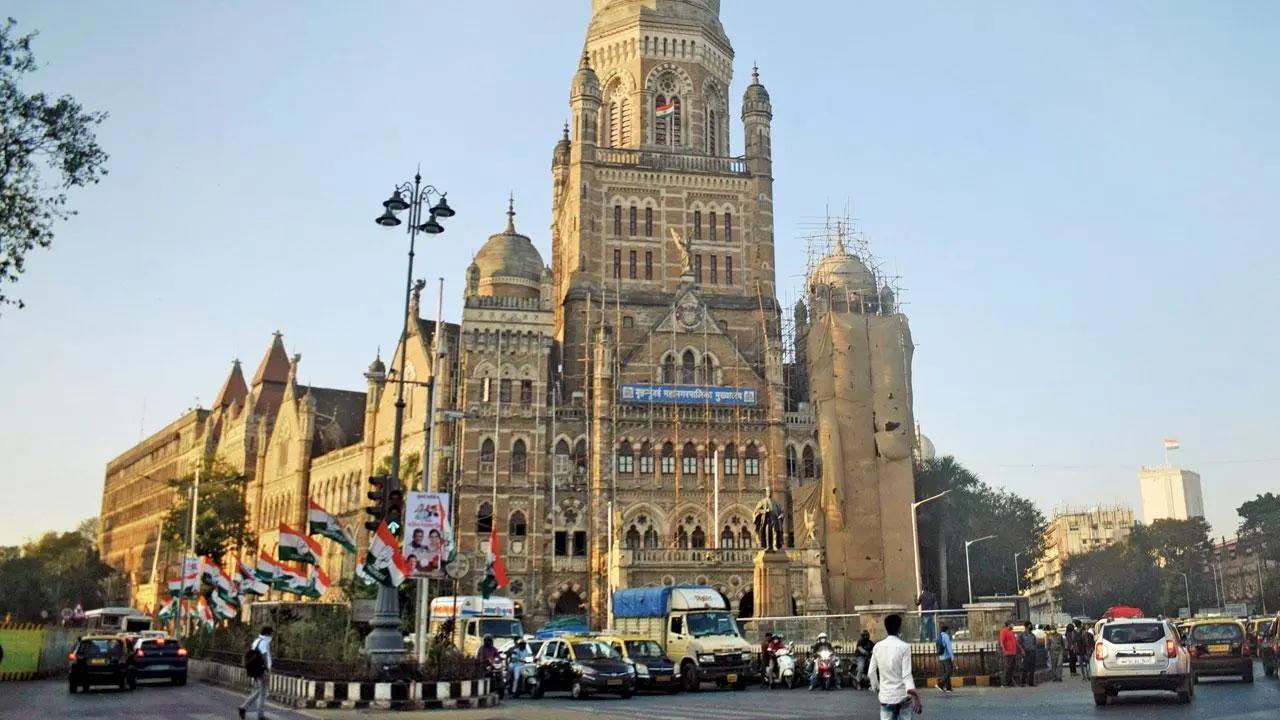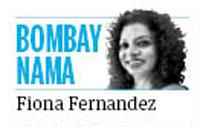An increasing number of townships and gated communities are robbing the city of its original character, one predictable blueprint at a time. Is there a glimpse of inspired design and respect for the local that modern-day architects of these planned townships are bothering to even consider?

Representative Image
 Almost as it was a symphonic, beautiful coincidence, recent back-to-back stories that I had worked on, shone a light on two visionary designers who took it upon themselves to celebrate and merge design that blended the local with the modern. The first was Charles Correa. Of course, he doesn’t need an introduction when it comes to showcasing his body of work and legacy. But as we stumbled upon his design for a cricket stadium in Ahmedabad that was named after the Iron Man of India—Sardar Vallabhbhai Patel—our respect for the man increased manifold. No, this is not the current stadium that is the world’s largest to host cricket matches, but a relatively smaller one that he built in the early 1980s. It hosted only one One-Day International, and rather unfortunately, lost out its position to host cricket matches to another in the city. The stadium fell to ruin after years of neglect and lack of proper conservation methods. But then, thanks to a global conservation platform that specialises in protecting architectural sites—both modern and ancient—who stepped in, they were able to regenerate the importance of this landmark.
Almost as it was a symphonic, beautiful coincidence, recent back-to-back stories that I had worked on, shone a light on two visionary designers who took it upon themselves to celebrate and merge design that blended the local with the modern. The first was Charles Correa. Of course, he doesn’t need an introduction when it comes to showcasing his body of work and legacy. But as we stumbled upon his design for a cricket stadium in Ahmedabad that was named after the Iron Man of India—Sardar Vallabhbhai Patel—our respect for the man increased manifold. No, this is not the current stadium that is the world’s largest to host cricket matches, but a relatively smaller one that he built in the early 1980s. It hosted only one One-Day International, and rather unfortunately, lost out its position to host cricket matches to another in the city. The stadium fell to ruin after years of neglect and lack of proper conservation methods. But then, thanks to a global conservation platform that specialises in protecting architectural sites—both modern and ancient—who stepped in, they were able to regenerate the importance of this landmark.
They worked closely [despite the pandemic] with local municipal bodies and also roped in the heft of research experts from one of India’s premier technical institutes, and thus were able to table a study on its current state and future health. As I browsed through the work that was done, one aspect came to light in a big way. The concrete masterpiece, when it opened, stood out for its unique zig-zag design of its stands and underlined the idea of a modern, emergent India. Correa was also fully aware of the crowd factor, and hence ensured ventilation was given major importance across this modern-day Colosseum. Likewise, in perhaps a hat tip to the commerce and industry of Ahmedabad, a city that was dear to him, and where he also designed the Gandhi Memorial Museum, one could easily see the focus of progress written all over its design. It was a great reminder of how even a sporting arena can be an amazing site for design when an inspired mind is at the helm of things. One can hope that the plans for the future [using it for other sporting activities apart from cricket, like skating, which is a popular sport in the city] outlined by the conservation body, are implemented by the local authorities so Correa’s grand statement of a modern Ahmedabad, and by default, a modern India, is allowed to remain in the public eye and imagination.
Our next introduction to this idea of marrying the local with the modern was courtesy a travelling exhibition of Sri Lankan genius Geoffrey Bawa’s archives that is currently on display in New Delhi, and thankfully, has a virtual channel, which is accessible to all of us. As I made my way through his eponymous collection, Bawa’s respect for the local, emerged; all the while ensuring that modern techniques and approaches were also adopted. Be it in his plans for residences, hotels or educational institutions, his principles always considered the people and places around each site. In fact, it is said that he would never start working on a project unless he had visited it. While accessing visual examples of his plans, it made his views clearer—his buildings would seamlessly merge against the backdrop – be it a natural water body, a craggy overhanging cliff or the lush green landscape of rain-blessed Dambulla or Bentota.
His extraordinary effort to study the natural resources and then build around it, using local material was salute worthy. According to research sourced on his work for the Madurai Club, he collaborated with stone craftsmen from Chennai to create a building approach that was unique to the site. Such was his inventive genius.
One wonders if any of these principles are even touched upon by our new architects who are, brick by brick, creating [and rapidly] an uninspired-looking cityscape across the city and its suburbs. The bigger fear and concern, and this, I’ve reiterated time and again in my column for over a decade, is that in time, younger generations will hardly be able to find markers like iconic structures and distinctly designed structures—be it public buildings or private spaces—that once defined the city’s rich and diverse architectural legacy. Due to laws in place that protect heritage buildings in SoBo and some sections of the south-central part of the city, there is a chance that they might still be able to preserve those unique facades and their original character; however, for the rest of the city…alas! It’s anyone’s guess how the streetscape is going to look in some time—more of the same, clinical and predictable ‘design’ that’s become the norm in many metros.
If we don’t act fast and the multiple blinkers remain, a lot more than a few wise and visionary minds, concerned citizens and conservation groups will be needed to stop this alarming trend.
mid-day’s Features Editor Fiona Fernandez relishes the city’s sights, sounds, smells and stones...wherever the ink and the inclination takes her. She tweets @bombayana
Send your feedback to mailbag@mid-day.com
 Subscribe today by clicking the link and stay updated with the latest news!" Click here!
Subscribe today by clicking the link and stay updated with the latest news!" Click here!










